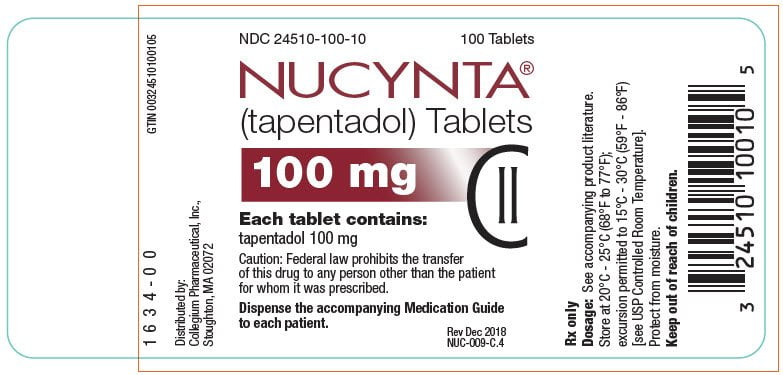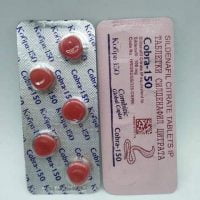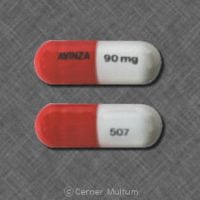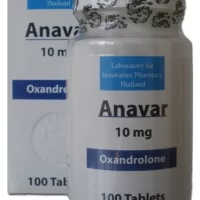Description
I. Introduction
- Definition of Nucynta (Tapentadol)
- Brief history of Nucynta (Tapentadol)
- Importance of Nucynta (Tapentadol) in pain management
II. Pharmacology of Nucynta (Tapentadol)
- Mechanism of action of Nucynta (Tapentadol)
- Pharmacokinetics of Nucynta (Tapentadol)
- Half-life of Nucynta (Tapentadol)
- Metabolism of Nucynta (Tapentadol)
III. Uses of Nucynta (Tapentadol)
- Treatment of acute and chronic pain
- Types of pain that Nucynta (Tapentadol) can be used for
- Efficacy of Nucynta (Tapentadol) in pain management
IV. Dosage and Administration of Nucynta (Tapentadol)
- Dosage for adults and elderly patients
- Dosage for patients with renal impairment
- Dosage for patients with hepatic impairment
- Administration of Nucynta (Tapentadol)
- Dosage adjustment for patients switching from other opioids to Nucynta (Tapentadol)
V. Side Effects of Nucynta (Tapentadol)
- Common side effects of Nucynta (Tapentadol)
- Serious side effects of Nucynta (Tapentadol)
- Risk of addiction and abuse with Nucynta (Tapentadol)
VI. Precautions and Contraindications of Nucynta (Tapentadol)
- Precautions when using Nucynta (Tapentadol)
- Contraindications for Nucynta (Tapentadol)
- Drug interactions with Nucynta (Tapentadol)
VII. Conclusion
- Summary of Nucynta (Tapentadol) and its uses
- Potential benefits and drawbacks of using Nucynta (Tapentadol)
- Future developments in the use of Nucynta (Tapentadol)
I. Introduction
Nucynta (Tapentadol) is a prescription medication used for the management of pain. It is classified as an opioid analgesic and works by binding to the mu-opioid receptors in the brain and spinal cord. Nucynta (Tapentadol) was first approved by the US Food and Drug Administration (FDA) in 2008 and has since become an important tool in the treatment of pain. This article will provide a detailed overview of Nucynta (Tapentadol), including its pharmacology, uses, dosage and administration, side effects, and precautions.
II. Pharmacology of Nucynta (Tapentadol)
A. Mechanism of Action of Nucynta (Tapentadol)
Nucynta (Tapentadol) works by binding to the mu-opioid receptors in the brain and spinal cord. This binding leads to a decrease in the transmission of pain signals, resulting in pain relief. Nucynta (Tapentadol) also inhibits the reuptake of norepinephrine, which can help to further reduce pain.
B. Pharmacokinetics of Nucynta (Tapentadol)
Nucynta (Tapentadol) is rapidly absorbed after oral administration, with peak plasma concentrations reached within 1-2 hours. The bioavailability of Nucynta.






Reviews
There are no reviews yet.